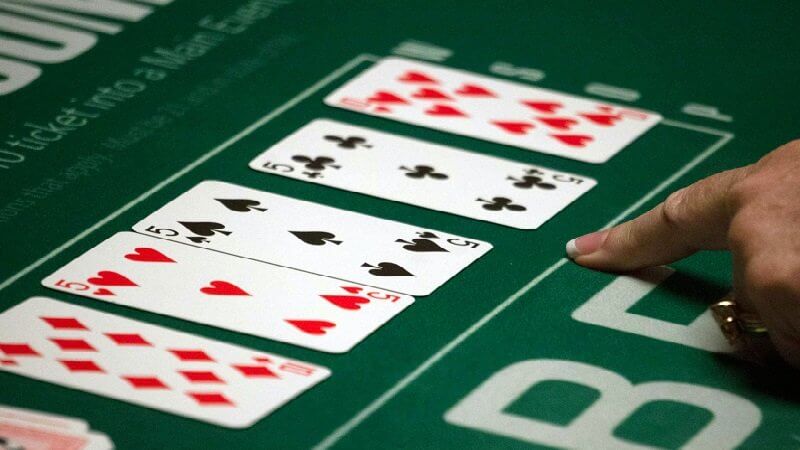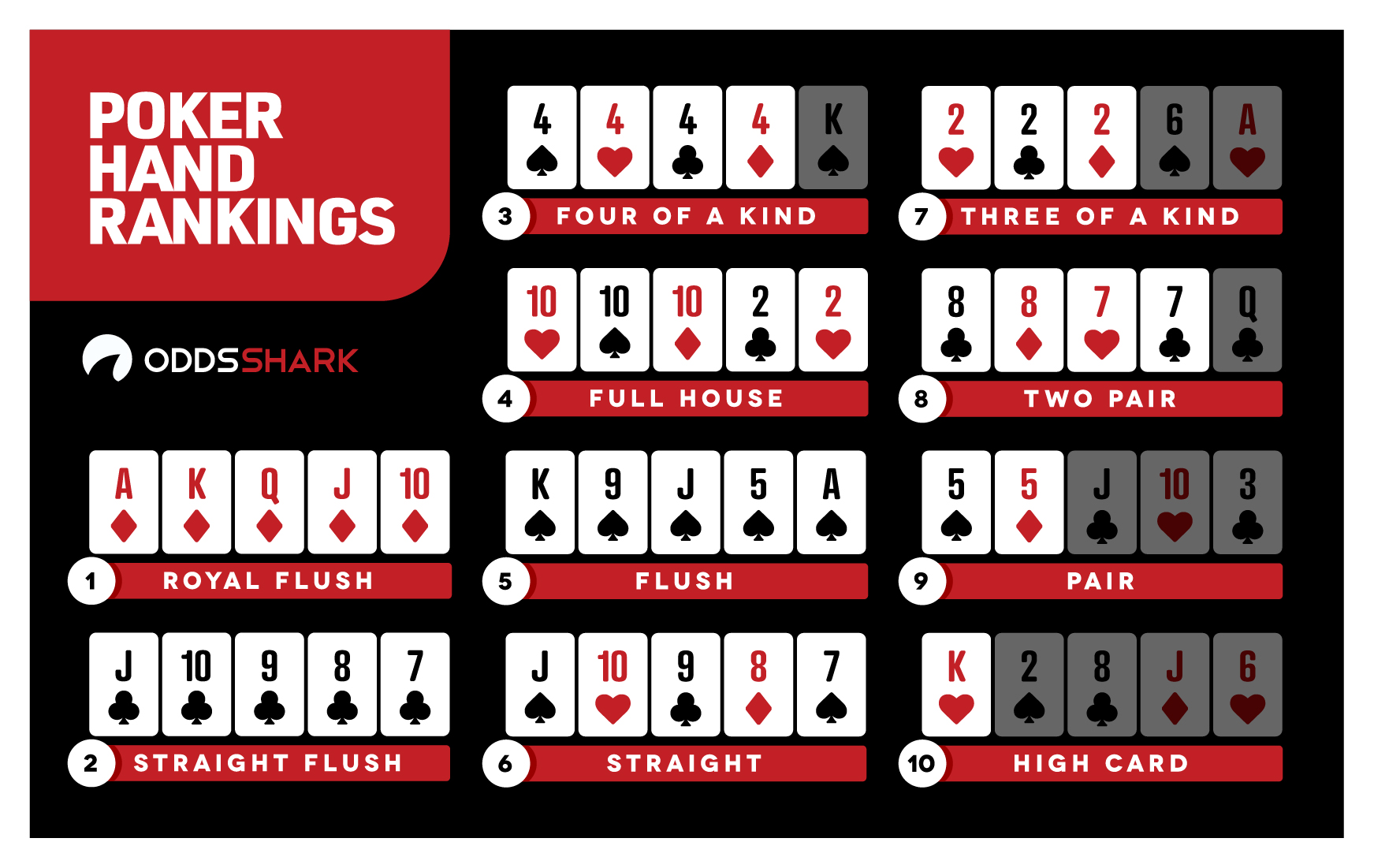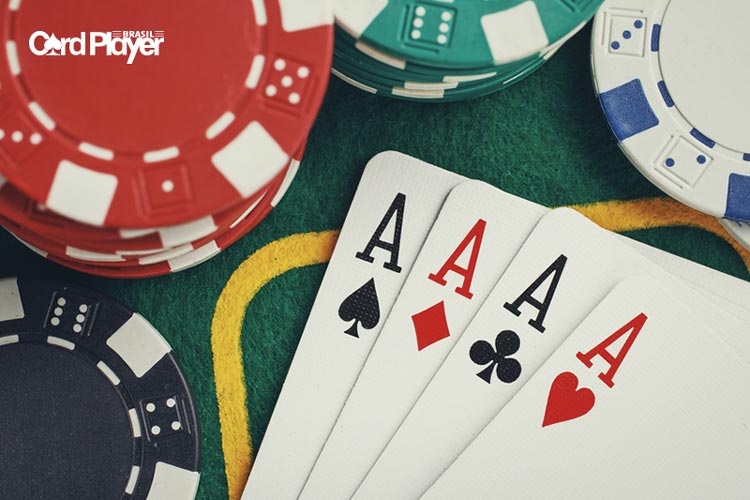What Is Omaha Poker
- Omaha High Low Poker
- What Are The Rules Of Omaha Poker
- What Is The Best Starting Hand In Omaha Poker
- How Is Omaha Poker Played
- What Is Omaha Poker
Today I’m writing “What Is Omaha Poker,” which is my best try to explain what’s essential to Omaha poker. This means I’m going to write about both Omaha and Omaha 8 (which is also sometimes called high-low).
Omaha poker is an exciting game derived from Texas Hold'em. Each player is dealt four private cards (‘hole cards’) which belong only to that player. Five community cards are dealt face-up on. Omaha is a fairly recent poker variant. It seems that it was first introduced in the 1980's, but it quickly achieved great popularity among casino and tournament players. In Omaha, each player receives four. Omaha Poker, sometimes referred to as Omaha holdem or just Omaha is a poker game closely related to Texas Holdem. In Omaha Poker, players get four hole cards. Out of those four hole cards, the player.
I’m also going to write about the various betting limits—limit, pot limit, and no limit.
If you’re familiar with Texas holdem, Omaha poker will be familiar to you, but the differences might blow your mind during actual play. I played in a home game Saturday night, and the other players there were unanimous in their hatred of Omaha.
This post covers that difference and how best to remember it. It covers the basics of how to play and includes some advice about strategy.
I’m not an Omaha poker expert, but I understand the essence of it well enough that you’ll understand the game, too—if you pay attention to the below.
Omaha is a community card poker game, which means you have some of your own cards, but you also share some cards with your opponents. In Omaha, you get 4 face-down cards to start with. Then you shared 5 community cards with your opponents.
If you’re familiar with Texas holdem, you’ll see immediately that the basics are the same with one difference:
You get 2 hole cards in Texas holdem, but you get 4 hole cards in Omaha.
But that’s NOT the only difference.
In Omaha, you must use 2 cards from your hand and 3 cards from the board to create your final hand.
In Texas holdem, you can use ANY combination of cards from your hand with the cards on the board to create your hand.
In the United States, most poker players are familiar with Texas holdem before they try Omaha. As a result, they get confused at the Omaha table about what their final hands are.
If you remember that you always use 2 cards from your hand—no more, no less—and 3 cards from the board—no more, no less—you’ll do fine.
But forget this at your peril.
One of my Saturday night buddies told me that he got dealt 4 of a kind in an Omaha game—all 9s. He thought he was killing it, but he was so wrong.
He only had a pair of 9s.
And his outs were already in his hand. It was impossible to improve to 3 of a kind or 4 of a kind, which kills the value of the hand.
If you can remember that major difference, you have a chance of making the transition from Texas holdem to Omaha.

All poker games use forced bets to drive the action. Older versions of poker use antes, which are small bets you’re required to place every hand before even being dealt a hand.
Omaha, though, is like Texas holdem—the forced bets are blinds, and you don’t have to place that bet every hand.
As the deal rotates around the table, so does the blind requirements.
The size of these bets is based on the limits you’re playing, but the big blind is usually the same size as the smaller betting amount at those limits. The small blind is usually half that amount or less.
For example, if you’re playing in a $5/$10 limit game of Omaha, the bets must be at least $5 during the first 2 rounds of the game, and they must be $10 during the 2nd 2 rounds of the game.
The blinds in such a game will usually be $2 for the small blind and $5 for the large blind.
Everyone at the table must bet a small blind and a big blind once during every orbit of the table. The location of the dealer position and the blinds also determines what position you’re in, which becomes important when you start discussing strategy.
We’re not there yet, but we’ll talk about Omaha strategy soon.
All poker games have betting limits, and Omaha is no exception.
Like Texas holdem, Omaha is usually played in one of 3 formats:
- Limit
- Pot limit
- No limit
In a limit game, like the example I gave earlier of a $5/$10 game, you would only be able to bet in increments of $5 during the 1st 2 rounds of the game. In the 2nd 2 rounds of the game, you would bet in increments of $10.
In a pot limit game, you still have minimum bets, but the size of your bets and raises is only limited by the amount of money already in the pot. This creates a marked difference in strategy.
And of course, as the name of the game might imply, no limit Omaha has no upper limit for the sizes of your bets and raises other than the number of chips you have in front of you.
But you can’t bet your car or your house; you can only bet what chips you have in front of you.
The game starts when the 2 players to the left of the dealer post the small blind and the big blind. Each player gets 4 cards, face-down. These are your hole-cards, and this is the pre-flop phase of the game.
After everyone gets their cards, there’s a round of betting. The first player to the left of the big blind is the first person to act.
She can fold, forfeiting any right to the pot, call the big blind, or raise. At this point in the game, you can’t check, because the blinds are live bets.
Play continues around the table in order. Once the betting action is completed, the dealer puts 3 cards face-up in the middle of the table. This is called the flop.
During this round of betting and subsequent rounds of betting, checking is an option. This means you’re playing in the hand, but you’re not wagering any money.
After the betting round on the flop, a 4th community card—the turn—is dealt, and there’s another betting round.
It’s important to note that during the pre-flop and flop betting rounds, you’re betting in increments of the lower end of the betting limits. (In the $5/$10 game, your minimum bet is $5.)
But during the turn, you must move up in bet sizes. This means your minimum bet in that $5/$10 game is now $10, and it will be $10 on the next phase, too.
The player with the best 5-card hand, consisting of 2 cards from her hole cards and 3 cards from the board, wins the pot.
But Omaha is often played in a different way from some other poker games. I cover that in the next section.
In many Omaha games, the pot gets split between the person with the highest possible and the best qualifying low hand (if there is one).
A qualifying low hand must consist of 5 cards ranked 8 or lower with no pairs. Flushes and straights don’t count against you when competing for the low hand.
This variation of the game also has a marked effect on which starting hands have what kind of value. Aces, for example, become so much more important that it’s almost impossible to overstate how important they are.
I’ll have more to say about that in the next section, which is all about strategy.
The Basics of Omaha Poker Strategy Resemble the Basics of Other Poker Strategies
Most people who’ve done any reading about Texas holdem strategy have heard that a tight-aggressive approach is the right approach. This is true of Omaha as well as any other variety of poker.
Omaha High Low Poker
But what does that mean?
Omaha players can be categorized according to 2 different tendencies:
- How likely they are to play a hand versus fold it
- How likely they are to bet and raise with a hand versus checking and calling with it.

The first one is a measure of how tight or how loose an Omaha player is. A loose player plays a lot of hands. A tight player folds a lot of hands, and she only plays hands that are above average or better.
If you have 2 Omaha players, and one of them plays 50% of the hands she sees preflop, and a 2nd Omaha player who only plays 20% of the hands she sees preflop, the 2nd player is tighter. Most of the time, she’ll be in the hand with better cards, and she’ll win a showdown more often.
The 2nd tendency is the tendency to bet and raise versus check and call. A player who bets and raises is aggressive; a player who checks and calls is passive. Aggressive players can sometimes win in tight games by just buying a lot of pots by betting and raising.
But poker strategy gets more interesting when you look at both categories.
Then you wind up with 4 types of players:
- Loose, passive
- Tight, passive
- Loose, aggressive
- Tight, aggressive
A loose, passive player gets involved in a lot of hands and mostly just calls bets. This is the ideal opponent. You would call such a player a calling station. If you stick with good hands and bet and raise with them, you’ll easily dominate a loose, passive player and win a lot of money.
A tight, passive players, on the other hand, doesn’t play many hands. But when she does play a hand, she doesn’t bet or raise with it. She just calls.
This gives her opponents multiple opportunities to get extra cards without having to pay for them by risking money. You won’t win much money from such a player, although you can sometimes buy pots from them just by being willing to bet and raise.
A loose, aggressive player can sometimes compensate for how loose they play by driving other players out of the pot.
But the ideal Omaha strategy, regardless of which kind you play, is to only play solid hands, and then when you get them, bet and raise with them.
When you’re playing Omaha for high only, you’re looking for starting cards which work well together. The best possible hand is AAKK, especially if the aces and kings are suited. In fact, any starting hand with a pair of aces is probably playable in Omaha.
Hands with a pair of kings in them are also strong starting hands, as are big suited connectors like 8910J. It’s better, though, if the suited connectors are of 2 different suits, giving you more outs. (If all 4 of your cards are suited, your odds of drawing to a flush drop dramatically.)
The cards you want to be careful of in Omaha are the lower ranked cards. For purposes of this discussion, cards lower than 9 or so are almost worthless in Omaha. In Texas holdem, you can often get away with playing something like A3 suited, but that 3 is worth a lot less when you’re playing Omaha.
And, of course, there’s a whole different set of considerations about starting hands when you’re playing Omaha 8 or better.
Your goal in Omaha hi lo should be to “scoop” the pot. This means you’re going to win both the high and the low hand. This makes the ace the most important card in the deck when it comes to Omaha hi lo starting hands.
The best possible Omaha hi lo starting hand is AA23 especially if you have suited cards. The pocket aces give you the opportunity to build a high hand with an ace high. The A2 and the A3 combinations give you the opportunity to capture the best possible low hand.
AAKK is still a playable starting hand in Omaha hi lo, because sometimes the community cards won’t give your opponents the opportunity to make a low hand. If there’s no qualifying low hand, the high hand wins the entire pot.
What Are The Rules Of Omaha Poker
Face cards and aces are great, too, because they can help you win the high hand.
But the closer the cards get to the middle, the worse they are. Aces and kings are great. 2s and 3s are great, too. The cards go down in value the closer to the middle you get.
In fact, these cards even have a nickname among Omaha 8 or better players—middle poison.
If you get a starting hand with a pair of 9s and a pair of 8s in it, you’re in trouble. You might think you have a lot of opportunity here, but you don’t. Almost anyone else in the pot with you is going to be able to put together a better hand than you are.
Fold middle poison hands before the flop. Think about how the cards work together in your hand, and as much as possible, stick with starting hands that have at least one ace in them. It wouldn’t kill you to fold every starting hand that lacks an ace.
The 2 biggest roadblocks to Texas holdem players having trouble winning at Omaha are these:
- They forget that the hand must be 2 hole cards + 3 community cards.
- They can’t tell how good their low hand is in hi lo.
The first point is more important than you might imagine. If you get confused about the strength of your hand because you think you can play 3 cards from your hand and 2 from the board, then you’ve lost before you’ve ever started.
You must use 2 (and exactly 2) cards from your hand and 3 (and exactly 3) cards from the board to form your final hand—every time.
The 2nd point is easily addressed. To compare low hands, you just turn them into 5 digit numbers. The lower of the 2 5-digit numbers is the better hand.

For example, you would think of a hand with 45678 starting with the highest card first and going in descending order. It might help you to include the comma. You’d be looking at 87,654.
If your opponent has 35678, she has the better low hand. It becomes 87,653, which is clearly the lower hand.
The best possible low hand, of course, is A2345, which turns into 54,321.
The strength of A2 and A3 in your starting hand becomes clear when you think about it this way, because that does so much for your probability of winning the low hand.
You’ll also still have a great shot at scooping the pot if you stuck with the starting hand advice I provided earlier.
Omaha is a great variation of poker, but it’s confusing as heck for a lot of Texas holdem players.
What Is The Best Starting Hand In Omaha Poker
For this reason alone, you should probably learn to play Omaha poker. The mind is like a muscle. It requires exercise to stay strong, and changing things up is a great way to exercise your mind.
Do you think you’d like to try Omaha poker after reading this post? Why or why not?